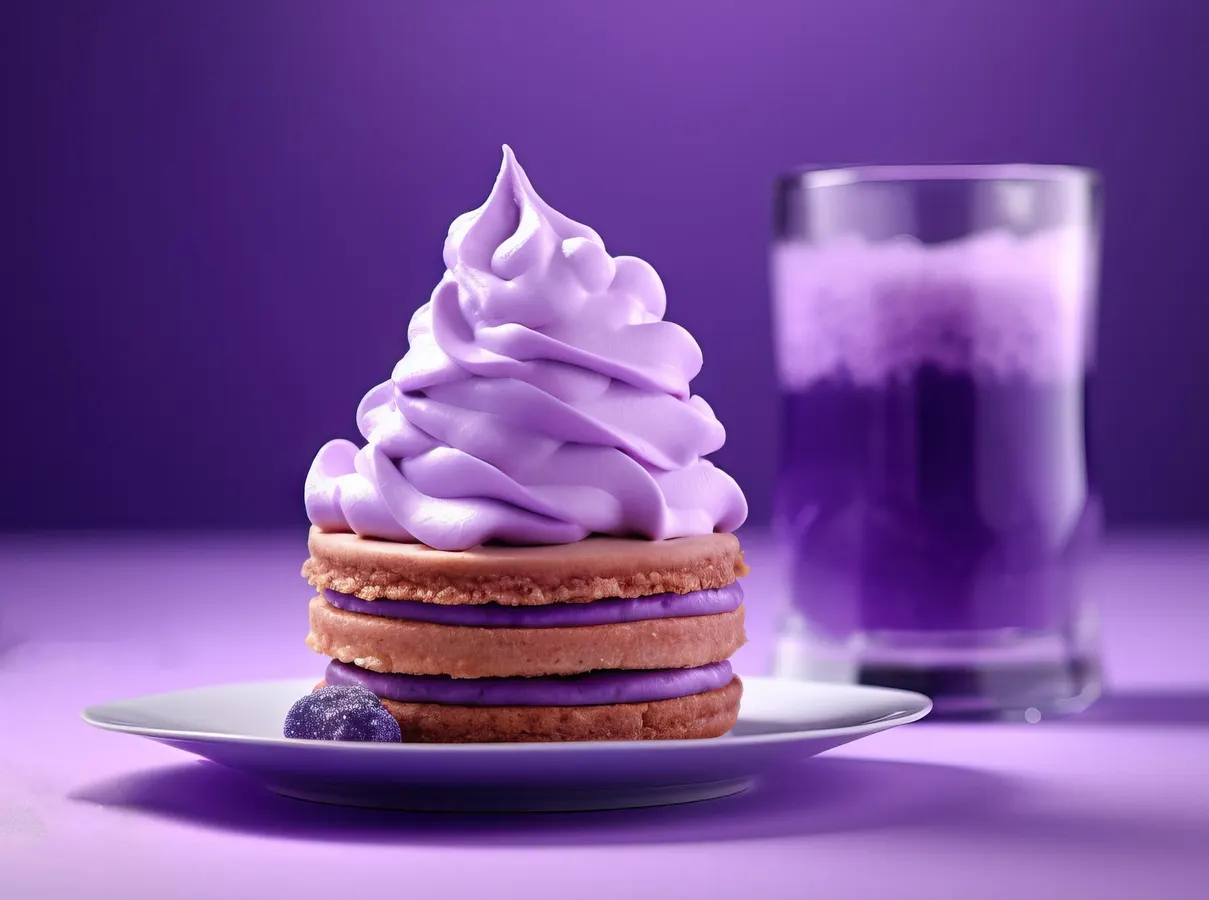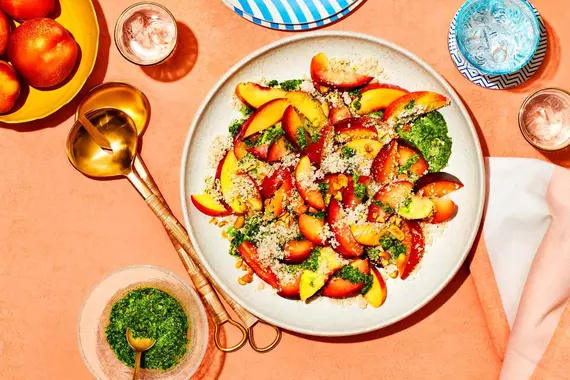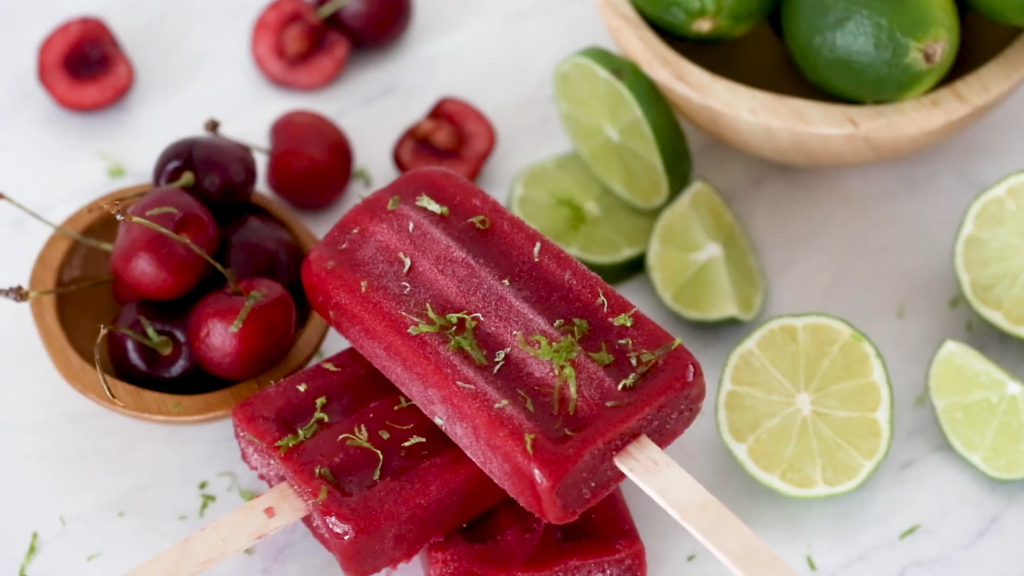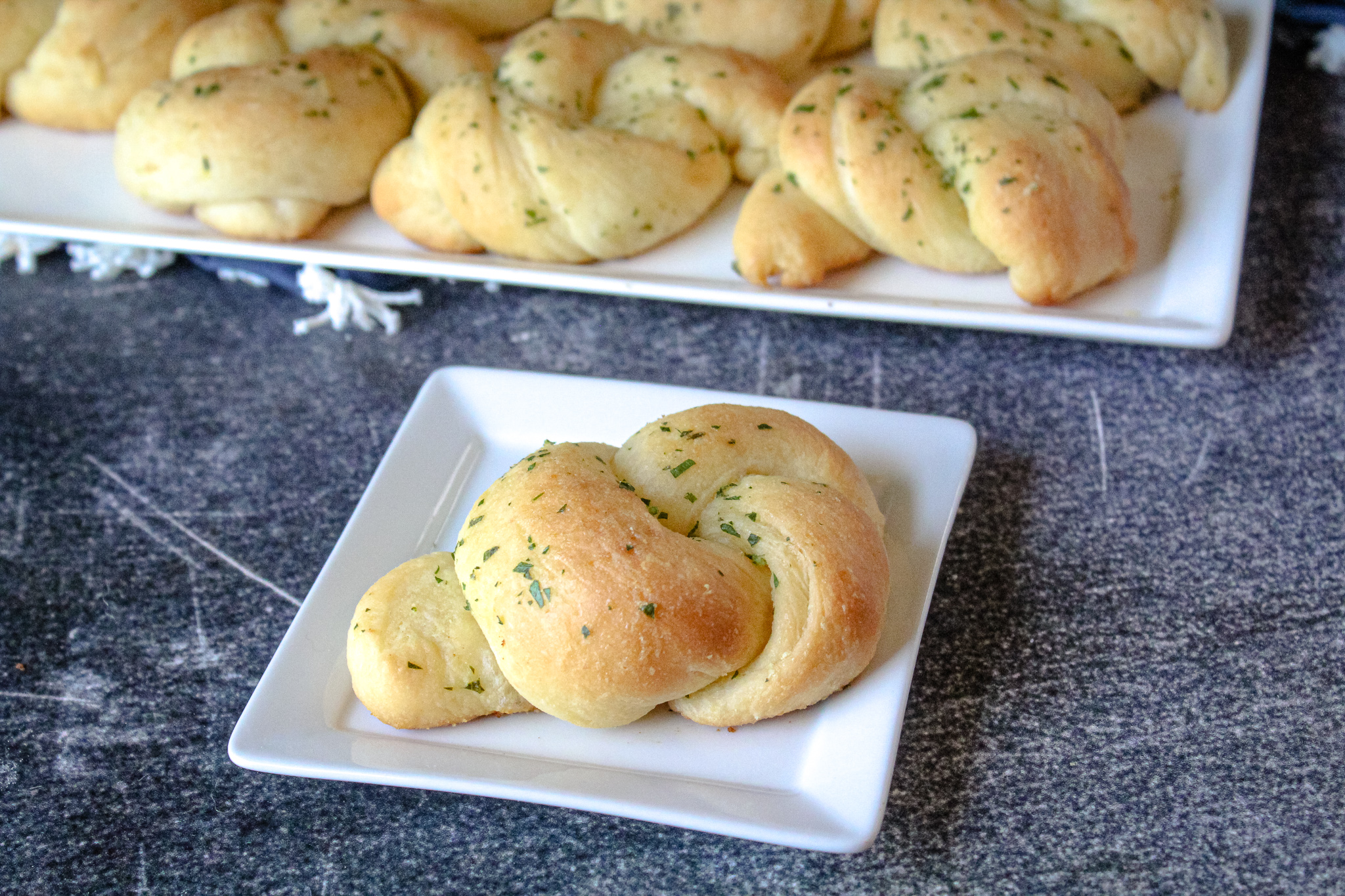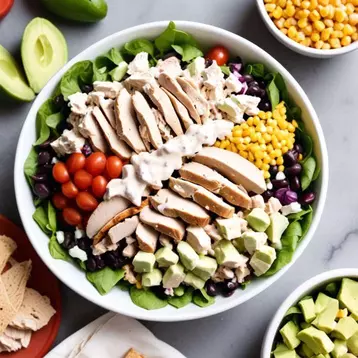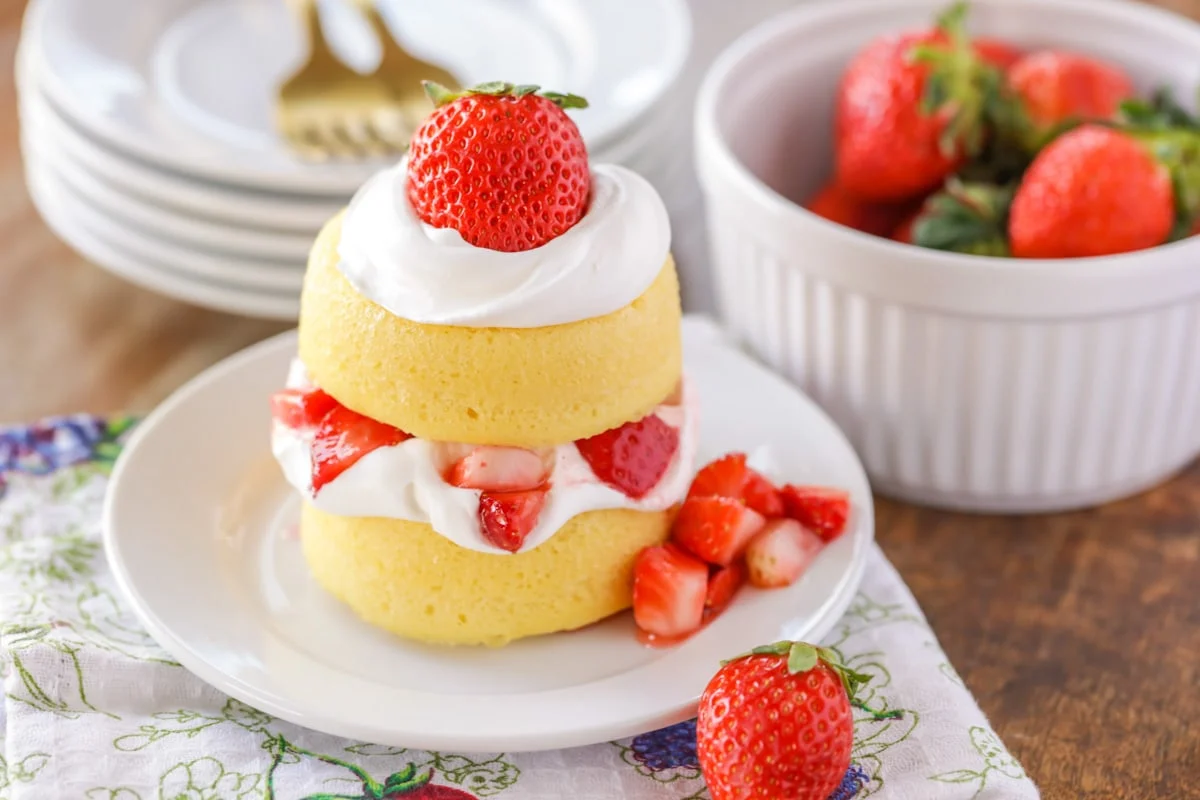Have you ever sat at the dinner table and looked at a soft, fluffy roll with a little butter melting on top? Maybe you’ve wondered, “Calories In Dinner Roll With Butter — how many are there?” Well, you’re not alone. Calories might sound like a tricky grown-up word, but really, they’re just a way to measure energy — the energy our bodies need to run, jump, play, and even think. In this article, we’re going to explore everything about Calories In Dinner Roll With Butter in a fun and easy way.
What Is a Dinner Roll Anyway?
A dinner roll is like a tiny loaf of bread. It’s small, round, soft, and perfect for spreading butter on. Dinner rolls are usually made from flour, water, yeast, sugar, and a little bit of salt. Some rolls are white, some are brown, and some are whole grain, which means they have a little more fiber. They’re not very big, but they pack energy — that’s calories — inside. Think of a dinner roll as a little pillow of energy. Even though it’s small, it can help give your body the power to run around at recess or ride your bike after school.
How Many Calories Are in a Plain Dinner Roll?
A plain dinner roll, without butter, usually has about 70 to 120 calories, depending on its size. Small rolls are closer to 70, and bigger rolls can reach 120. To help you imagine this: a small dinner roll has about the same energy as half a banana or a few bites of pasta. So even though it seems tiny, it’s giving your body energy to do things.
Read also: Best Date Night Dinners Chicago
What types of dinner rolls with butter and their calories?
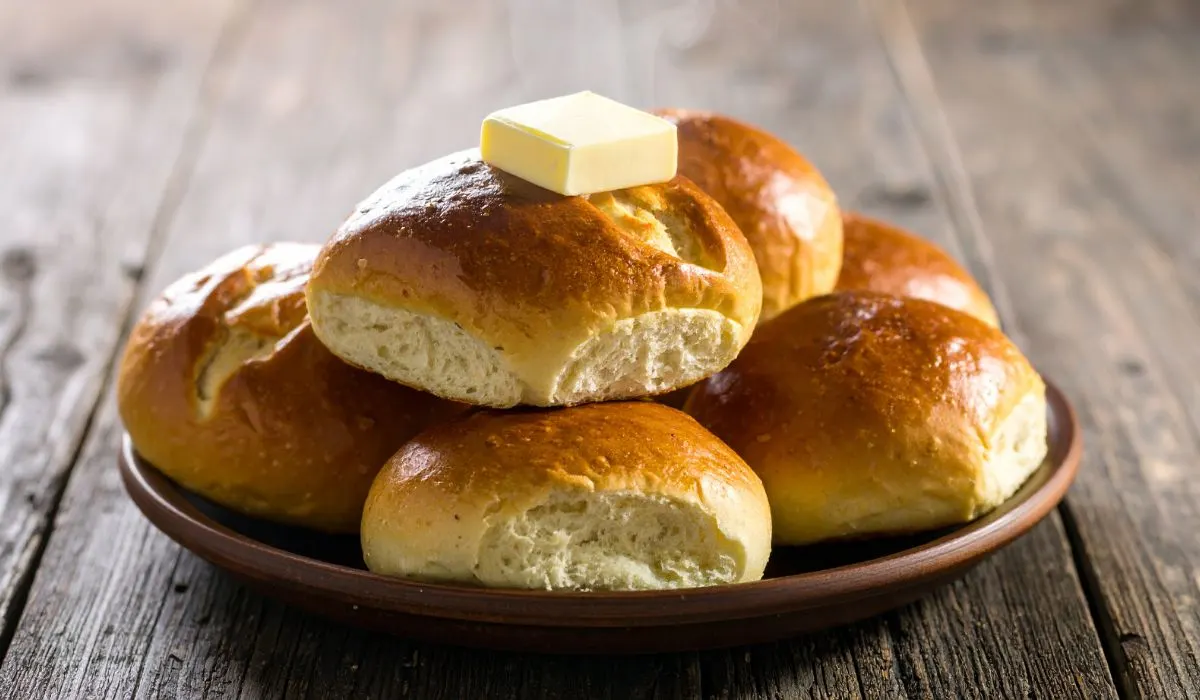
When we talk about types of rolls with butter for dinner and their calories, it mostly comes down to the kind of bread and the amount of butter. Here’s a clear breakdown:
-
White Dinner Roll with Butter
The classic soft, fluffy roll. Usually around 70–120 calories for the roll plus 35 calories per teaspoon of butter. A medium-sized roll with butter totals roughly 100–150 calories.
-
Whole Wheat or Whole Grain Roll with Butter
Slightly denser, more fiber, and a tiny bit more protein. Calories for the roll itself are around 80–130, plus the butter calories. Total: 110–160 calories depending on size and butter amount.
-
Multigrain or Seeded Roll with Butter
Rolls with oats, seeds, or grains. Higher in fiber and healthy fats. Calories for the roll: 90–140, plus butter calories. Total: 125–175 calories.
-
Sweet Dinner Roll with Butter
Some rolls are slightly sweetened or made with milk and sugar. These have more calories: 100–150 for the roll, plus butter calories. Total: 135–200 calories.
-
Mini or Slider Roll with Butter
Small rolls often served in restaurants. Roll calories: 50–70, plus butter. Total: 85–105 calories.
-
Restaurant or Bakery Roll with Butter
These can be bigger and richer than homemade rolls. Calories vary widely: 120–180 for the roll, plus butter. Total: 150–250 calories.
The main variables are the type of roll, the size, and the amount of butter. Even a small difference in butter (half teaspoon vs. a tablespoon) can change the total calories by 35–100.
Butter: The Tasty Add-On
Now let’s talk about butter — the gooey, creamy spread that makes a dinner roll extra yummy. One teaspoon of butter has about 35 calories, and a tablespoon has about 100 calories. If you spread a teaspoon of butter on your roll, you’re almost doubling the calories. So your little roll suddenly becomes a bigger energy treat. Imagine this: eating a roll with butter is like putting a little fuel in a car. The roll is the car, and the butter is extra gas that makes it go farther.
Read also: Quick Dinner Recipes For Busy Nights
Total Calories in a Dinner Roll with Butter
If you have a medium-sized dinner roll with a teaspoon of butter, it could have around 100 to 150 calories. If you add a bigger pat of butter, it might go up to 200 calories. That sounds like a lot, but remember, our bodies burn calories every day by walking, running, playing, even thinking! So, calories aren’t bad — they’re energy for your adventures.
Does the Type of Roll Matter?
Not all rolls are the same. White rolls are soft and fluffy but usually have more sugar. Whole wheat rolls are a bit denser but have more fiber, which helps your tummy feel full. Multigrain rolls might have seeds that add tiny amounts of protein and healthy fats. Even though they taste different, the calorie difference isn’t huge. A white roll might have 80 calories, and a whole wheat roll might have 90 calories. That’s only a few extra bites of energy.
Salted vs. Unsalted Butter
Some butter has salt, some doesn’t. Does that change the calories? Not really — salted butter has the same calories as unsalted butter. The only difference is taste. Salted butter might make your roll taste a bit more savory, but your body still gets the same energy.
Homemade vs. Store-Bought Rolls
Homemade rolls are made by hand, and you can control how big they are and how much sugar goes inside. Store-bought rolls might be bigger, softer, or sweeter, which means slightly more calories. If you bake your own roll and spread just a little butter, you might eat less energy than at a restaurant where rolls are bigger.
How to Measure Portion Size
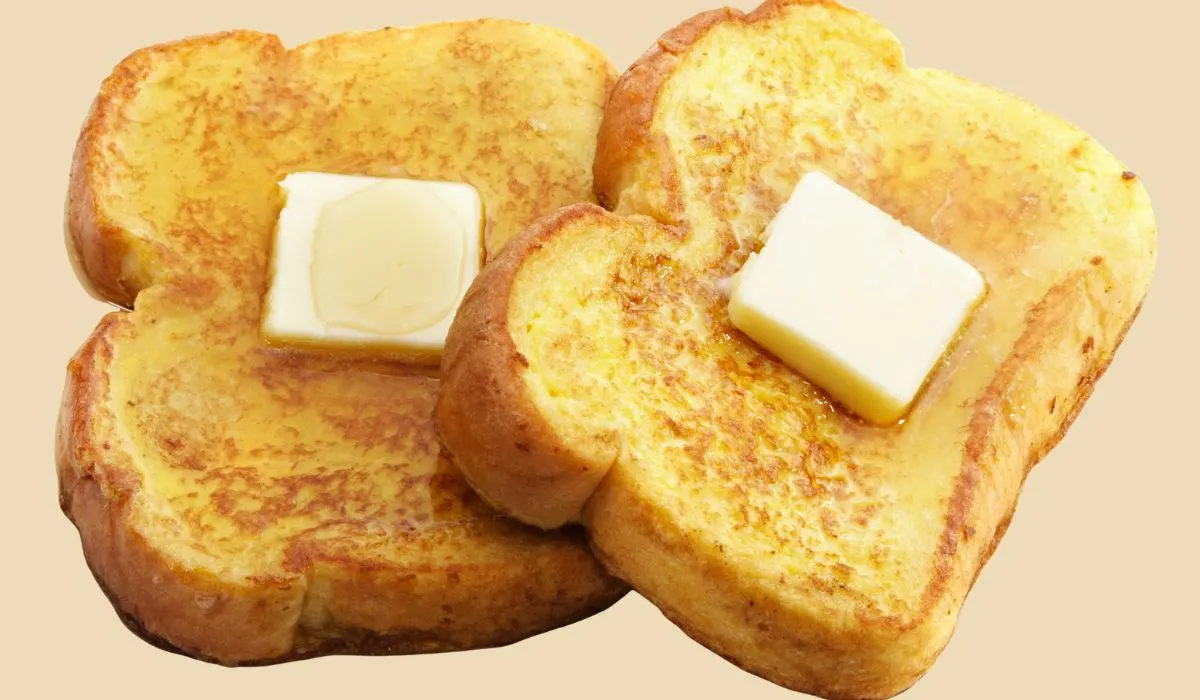
Measuring rolls and butter is easy if you want to know calories. A small teaspoon of butter is about the size of your thumb, and a medium dinner roll fits in the palm of your hand. This way, you know how much energy you’re eating without guessing. It’s like being a detective, figuring out how much fuel your body is getting.
Can You Reduce Calories Without Losing Flavor?
Yes! Here’s a trick: use a tiny bit less butter or try a light butter spread. Even half a teaspoon of butter can taste yummy while giving your body fewer calories. Another trick is to enjoy a smaller roll. You still get the soft, warm bread and buttery flavor without as many calories. It’s like having a mini treat that’s just as fun as a big one.
Calories Aren’t Everything
Calories are energy, but dinner rolls also give your body carbs, which are like quick energy. They have a little protein, which helps muscles grow, and sometimes fiber, which keeps your tummy happy. Butter has fat, which is important for your brain and body. So even if a roll with butter has calories, it’s also giving your body fuel for play, thinking, and growing.
Restaurant Rolls Can Be Sneaky
Have you ever noticed how restaurant rolls are sometimes bigger than the ones at home? And the butter comes in a big pat, not a teaspoon. That means the calories can add up fast. A restaurant roll with butter can have 200 to 250 calories, which is like eating two apples in energy. That’s okay once in a while, just remember your body uses that energy for movement and fun.
Read also: Actually Good Quinoa Salad
Are Dinner Rolls with Butter Fattening?
Nope! Dinner rolls with butter aren’t magically “fattening.” Calories give your body energy. If you eat more calories than you burn, your body stores them. But if you’re active — running, jumping, playing sports, or even helping with chores — your body uses that energy.
Think of it this way: a dinner roll with butter is like a little battery. If you use it, it powers you up. If you don’t, it sits there, waiting for you to burn it.
How to Enjoy Rolls in a Balanced Diet
Dinner rolls with butter are a treat, but you can enjoy them with other healthy foods. Pair your roll with vegetables, protein like chicken or eggs, and a little fruit for dessert. That way, your body gets lots of different nutrients along with your tasty roll. It’s like making a rainbow on your plate — energy, vitamins, and minerals all together.
Fun Ways to Remember Calories
Here’s a cool trick: one slice of pizza has about the same calories as one dinner roll with butter. One small banana is about half a roll. Walking around the playground for 10 minutes can burn about 50 calories. So, if you eat a roll with butter, imagine walking, running, or biking afterward. That’s your body using its energy in a fun way!
Conclusion: Smart Choices and Happy Eating
Calories in dinner rolls with butter might seem tricky, but really, they’re just energy. A medium roll with a little butter gives you the fuel to run, play, and think. By knowing your portion, choosing smaller amounts, or swapping butter for a lighter spread, you can enjoy your roll without worrying.
Remember, food is fuel, not a villain. Dinner rolls with butter can be part of a healthy, balanced diet — just like all your favorite foods. And now, you know exactly how many calories you’re getting and how your body can use them.
FAQ's: Calories In Dinner Roll With Butter
1. How many calories are in a plain dinner roll?
A small dinner roll usually has 70–120 calories, depending on its size and ingredients.
2. How many calories does butter add to a dinner roll?
One teaspoon of butter adds about 35 calories, while one tablespoon adds around 100 calories.
3. What is the total calorie count for a dinner roll with butter?
A medium roll with a teaspoon of butter has roughly 100–150 calories, and larger rolls with more butter can reach 200 or more.
4. Does the type of roll affect calories?
Yes. White rolls are usually slightly lower, while whole wheat, multigrain, or sweet rolls have slightly more calories due to extra fiber or sugar.
5. Is a dinner roll with butter unhealthy?
Not if eaten in moderation. It provides energy for your body, especially when paired with a balanced meal.
6. Do restaurant rolls have more calories than homemade rolls?
Often, yes. Restaurant or bakery rolls tend to be larger and come with bigger pats of butter, increasing total calories.
7. Can I reduce calories without losing flavor?
Yes. Use less butter, try a lighter spread, or choose smaller rolls. Even half a teaspoon of butter still tastes delicious.
8. What’s the difference between salted and unsalted butter for calories?
Both have the same calories. Salted butter just adds a bit more taste, not extra energy.
9. How do dinner rolls with butter fit into a balanced diet?
They can be enjoyed as part of a meal with protein, veggies, and fruit. Calories provide energy, but balance is key.
10. How can I visualize the calories in a roll with butter?
A medium roll with butter is like half a banana, a small apple, or one slice of pizza in energy. Walking or playing helps burn those calories.
